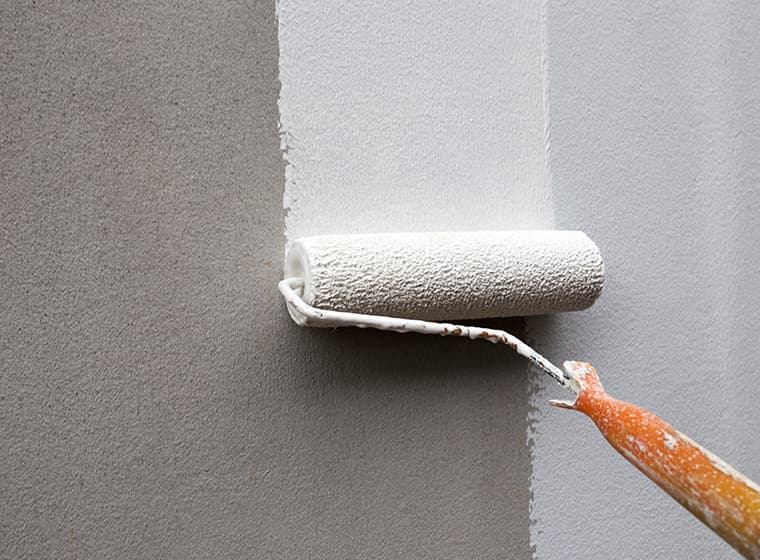Sarah Robinson | Interior Painting
Oil vs Latex Paint - Which One is Better?
When it comes to choosing paint, there's more to consider than just color. One choice you'll need to make is whether to use oil-based paint or latex paint. There are quite a few differences between the two and you'll definitely want to have all the facts before you make your decision. When a painter is recommending latex paint but you've heard that oil-based paint is the way to go, here are the differences you should take into consideration.
History of Oil and Latex Paint
Since the introduction of latex paint in 1941, the trend has shifted towards using this type of paint. Around 50 years ago, the majority of paint used in residential projects was alkyd (oil) based. Advances in paint technology have shifted this pattern; today, around 80% of paint used for residential painting is latex-based. This is due to a number of factors, including the impact on the environment-oil-based paint has higher VOC levels and is much harder to clean up.

What is the difference between oil and latex paint?
Latex paint is also known as acrylic paint. In latex paint, the carrier is typically water with glycols or glycol ethers as a solvent. Note that latex paint does not contain latex from the rubber plant. The term 'latex' in the paint world refers to the resin (binder).
PROS OF LATEX PAINT:
- Doesn't yellow over time
- Better for the environment
- Quick-drying time
- Easy to clean up, just soap and water
- Durable
- Flexible
- Adheres extremely well to exterior surfaces
- Resistant to common paint failures like flaking, blistering and peeling
CONS OF LATEX PAINT:
- Can sometimes swell the grains of wood, making sanding between coats necessary
Oil-based paint (also known as alkyd) is less popular today. In oil-based paints, the carrier is a formulation of mineral spirits and petrochemical solvents.
PROS OF OIL PAINT:
- Hard, durable finish
- High viscosity so fewer coats are needed to cover imperfections
- Less shrinkage
CONS OF OIL PAINT:
- Laborious clean up: you'll need a paint thinner and have to dispose of that responsibly (you can't just rinse it in the sink!)
- It's thicker, stickier and harder to work with (much less forgiving than latex)
- It's stinky! Oil-based paints have a strong odor
- More likely to crack and fade over time
Oil paint vs latex for exterior

Advances in paint technology have resulted in lots of great latex paints that are durable enough for exterior use. However, there are some circumstances where you still might want to opt for an oil-based paint on outdoor surfaces. Because it's so durable, it's often a good choice for surfaces that will be touched a lot, like doors, wrought iron, and trim, or surfaces like porch floors that need to stand up to wear and tear.
Can you use oil based paint over latex paint?
This is where things can get tricky. If you already have a surface that is painted with latex paint, you really shouldn't paint an oil-based product directly over it. It is possible to do, but only if a sealing coat is used to separate the layers. In general, it's best to avoid painting oil-based paint over top of latex paint-stick to latex paint if that's what you've already got.
However, if you have oil-based paint on your surfaces already, you can make the switch to latex paint easily. Latex paint can be applied on top of oil-based paint, as long as you prepare the surface properly first. This involves lightly sanding the surface, then cleaning with a TSP solution, and applying a primer once the wall is dry after cleaning. Once the primer coat has dried, you can apply the latex paint.

If you're looking to paint your home and want a little help choosing the right paint for your home, WOW 1 DAY PAINTING is ready for you! Book a free, no-obligation estimate today!
